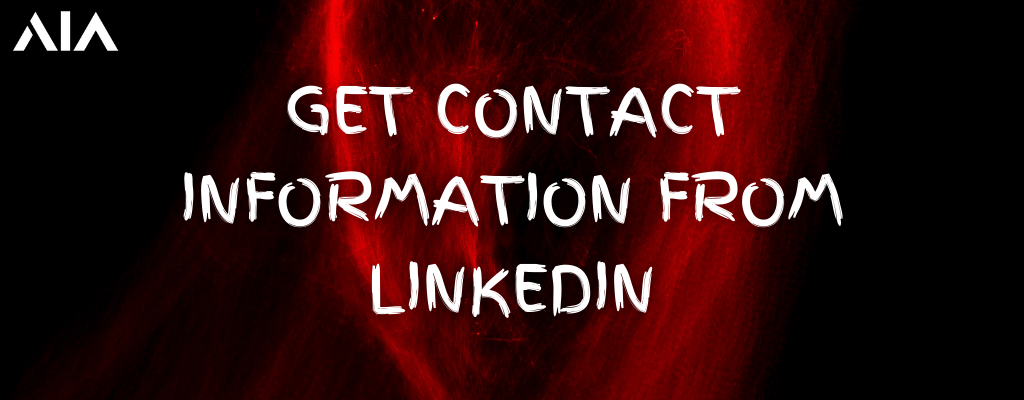LinkedIn is a valuable resource for finding and connecting with professionals in various industries. While the platform encourages users to connect and network, it does not provide direct access to personal contact details such as email addresses or phone numbers. However, you can employ a few strategies to find contact information on LinkedIn.
Obtaining contact information from LinkedIn requires combining techniques, such as utilizing LinkedIn’s messaging feature, checking the “About” and “Experience” sections, visiting external websites, and leveraging tools and search engines. However, it’s important to respect privacy, comply with LinkedIn’s terms of service, and ensure your communication is professional and relevant to maximize your chances of success.
1. Utilize LinkedIn’s Messaging Feature
LinkedIn has an inbuilt messaging feature that allows you to send messages to your connections. If you are connected with the person you wish to contact, you can send them a message directly through the platform. This is the most straightforward and ethical way to initiate contact. Remember that LinkedIn messages should be professional, concise, and personalized to maximize your chances of receiving a response.
2. Look for Contact Information in the About Section
LinkedIn profiles often contain an “About” section where users can provide additional information about themselves. Some users may include their contact details, such as email addresses or websites, in this section. While it is not a guaranteed method, it’s worth checking the “About” section to see if any contact information is readily available.
3. Check the Experience Section
Another place to look for contact information is in the experience section of a user’s LinkedIn profile. If the person has listed their current or past work experience, they may include their employer or business contact information. This can include the company’s website, main contact email, or phone number. However, remember that this information is primarily intended for professional inquiries, so ensure that your message aligns with their professional context.
4. Visit the Person’s Website or Blog
If the individual you are trying to contact has a personal website or blog, they may include their contact information there. LinkedIn profiles sometimes link to personal websites or blogs in the “Contact Info” section. Visiting these external websites can provide you with additional contact details or even a dedicated contact form to reach out to the person directly.
5. Utilize LinkedIn Premium
LinkedIn offers a premium subscription called LinkedIn Premium, which provides enhanced features and additional insights. With LinkedIn Premium, you may gain access to more detailed contact information, such as email addresses and phone numbers. However, it’s important to note that LinkedIn Premium is a paid service, and contact information availability still depends on the user’s privacy settings and the information they have chosen to share.
6. Search for the Person’s Contact Details Outside LinkedIn
If you have exhausted the options within LinkedIn, you can search for the person’s contact details outside the platform. This may involve searching for their name, job title, or company name on search engines or professional networking websites. Sometimes, individuals will include their contact information on their websites, social media profiles, or other professional platforms.
7. Use Third-Party Tools
Several third-party tools and browser extensions claim to provide contact information for LinkedIn users. These tools often scrape data from various sources to provide contact details. However, exercising caution when using such tools is important, as they may not always be accurate or reliable. Additionally, using automated scraping tools may violate LinkedIn’s terms of service, so review and comply with LinkedIn’s policies.
It’s crucial to remember that privacy and consent are paramount when contacting individuals outside your immediate network. Always ensure that your intentions are professional and that you respect the individual’s privacy. Personalized and well-crafted messages are more likely to receive a response than generic or spammy messages.
